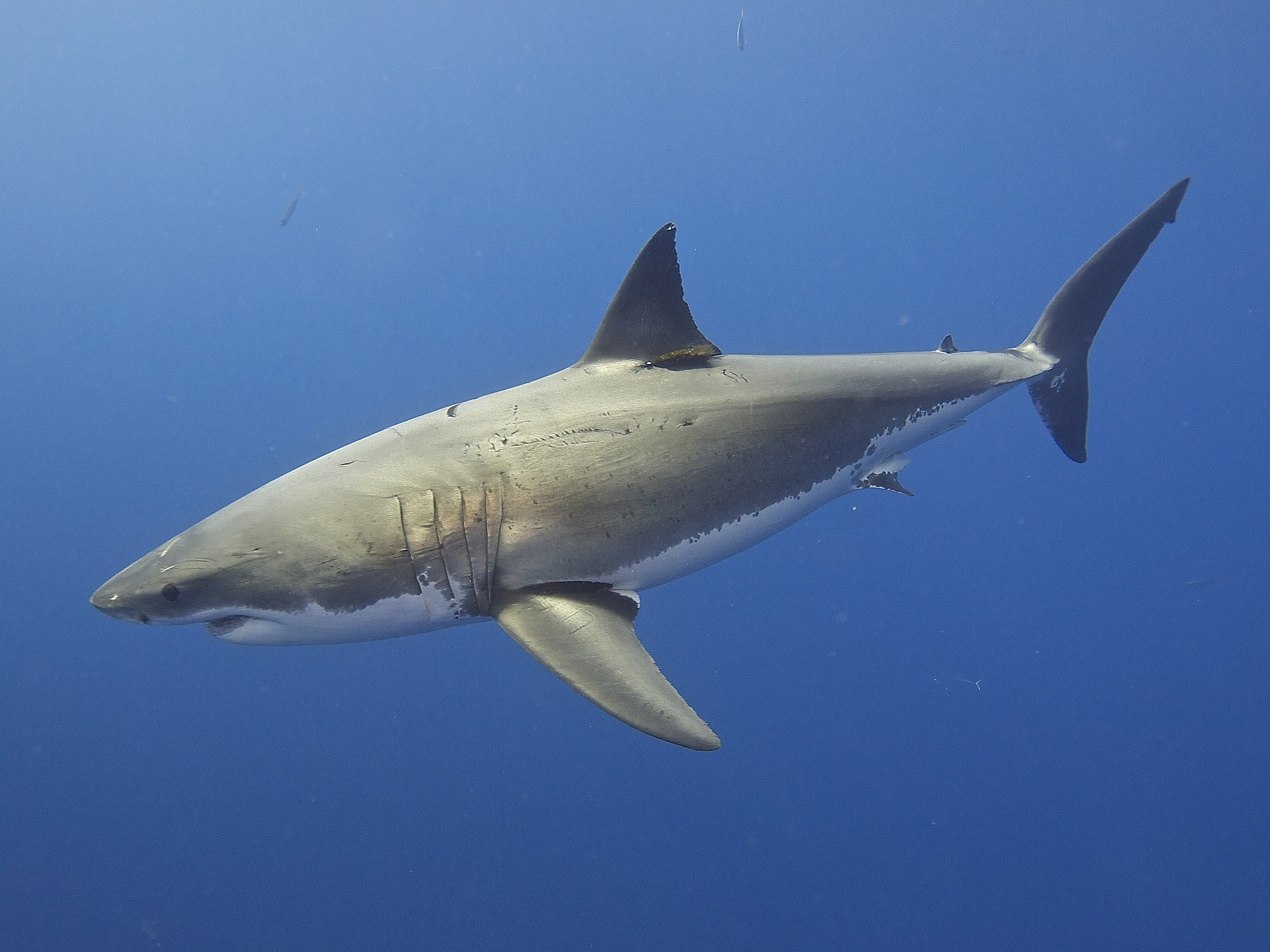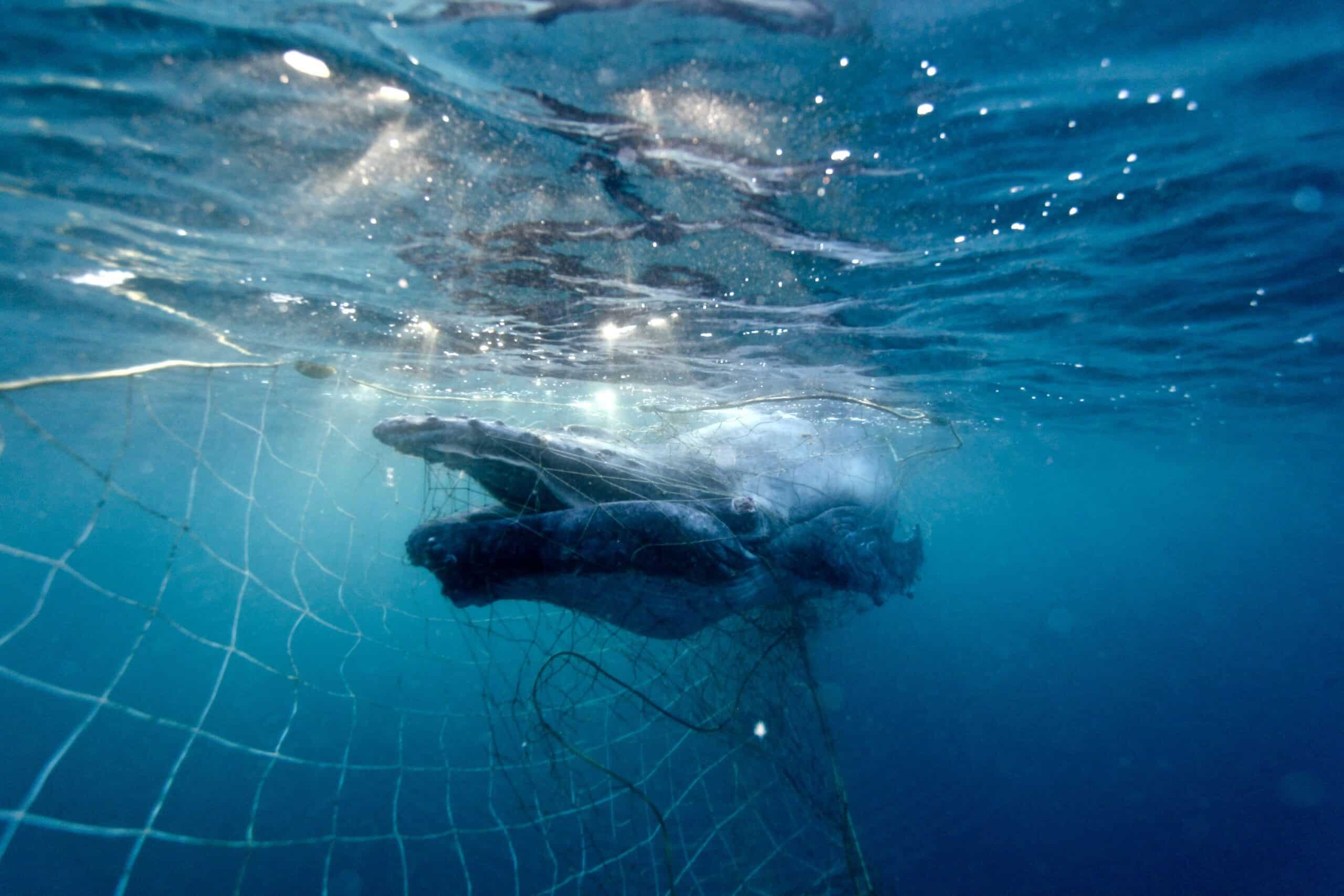Research shows that Australia’s great white sharks are highly related to each other and may consist of fewer than 500 breeding animals. SYDNEY, 24 June 2025: Latest research has found Australia’s great white shark population is much smaller than expected, increasing their vulnerability to further population threats. The population...
Today, Thursday 2 February is World Wetlands Day. A day that aims to raise global awareness about the vital role of wetlands for people and nature. The date marks the anniversary of the adoption of the Ramsar Convention – the international convention on wetlands to which Australia is a signatory.
Australia currently has 67 Ramsar wetlands that cover more than 8.3 million hectares. Ramsar wetlands are representative, rare or unique wetlands, or are important for conserving biological diversity. One of our best known Ramsar wetlands are the Macquarie Marshes in the Murray-Darling Basin, on which a spectacular array of wildlife depends.
Covering an area of 19,850 hectares, the Macquarie Marshes meets six of the nine criteria for listing a Ramsar site. They are one of the largest freshwater wetlands in the Murray-Darling Basin. They support permanent populations of five nationally threatened species including Silver perch, Murray cod, Australasian bittern and the Australian painted snipe, as well as the nationally endangered Coolibah blackbox woodland of the Darling Riverine Plains and Brigalow Belt South bioregions. As a significant flooding zone in a relatively dry region of NSW, the area is an oasis – providing feeding and breeding sites for a huge array of fish, birds and mammals. One of its most vital functions is as a habitat and rookery for waterbirds such as the brolga, blue-billed duck and pied heron.
With so much water currently in our river systems, causing devastation for many communities, it’s easy to forget that it was only three and a half years ago that the Macquarie Marshes were so impacted by drought that they caught fire. Severe droughts compounded the pressures that agriculture and water extractions have put this vital river system. The impacts have been so severe that in 2009 the Australian Government notified the Ramsar Secretary General of a likely change in ecological character of the Macquarie Marshes Ramsar site from a semi-permanent wetland system to an ephemeral wetland system in parts of the Ramsar site. The main causes of this change were reduced water availability and inappropriate management. In good news for the wetlands, the last few years of rain have seen a significant recovery of the Marshes, resulting this summer in what has been described as breeding frenzy.
But we can’t afford to be complacent. Historical dam construction and ongoing large scale water extraction are fundamentally changing the Macquarie Marshes and reducing its ability to regenerate after dry periods. Long term studies show that the number of waterbird nests are decreasing over time and many of the medium size floods, that are important for maintaining wetland health, no longer occur. Add the impacts of climate change and the future for the Macquarie Marshes looks uncertain.
HSI has fought hard for this ecological community, nominating the Wetlands and inner floodplains of the Macquarie Marshes in 2008 for federal listing as a Critically Endangered Threatened Ecological Community. In 2013, the community was officially recognised as threatened, but unfortunately listings of threatened ecological communities are disallowable in Parliament, and the change in Government that year resulted in the listing being overturned. This decision deprived the Marshes of additional protections that threatened ecological listing could have brought over the past decade.
But the recent rains have shown us that it’s not late to save this vital part of the Murray-Darling Basin. Returning water to the environment through the Murray Darling Basin Plan and providing increased protection to the wetlands would encourage the natural patterns of flooding to return, replenishing vegetation and soils. A healthy system would allow waterbirds, frogs, turtles and fish populations to thrive.
The theme for World Wetlands Day in 2023 is “It’s Time for Wetlands Restoration” – a concept that has never been more important. According to the United Nations Environment Programme nearly 90% of the world’s wetlands have been degraded since the 1700s, and we are losing wetlands three times faster than forests. Yet, wetlands are critically important ecosystems and wetland ecological services contribute $47.4 trillion annually to human health, happiness, and security.
HSI will be continuing our efforts to protect and restore wetlands around the country, including at our own Wallaby Wetlands. You can find ways to get more involved in wetland restoration and how to join in the World Wetland Day celebrations here: https://www.worldwetlandsday.org/events


